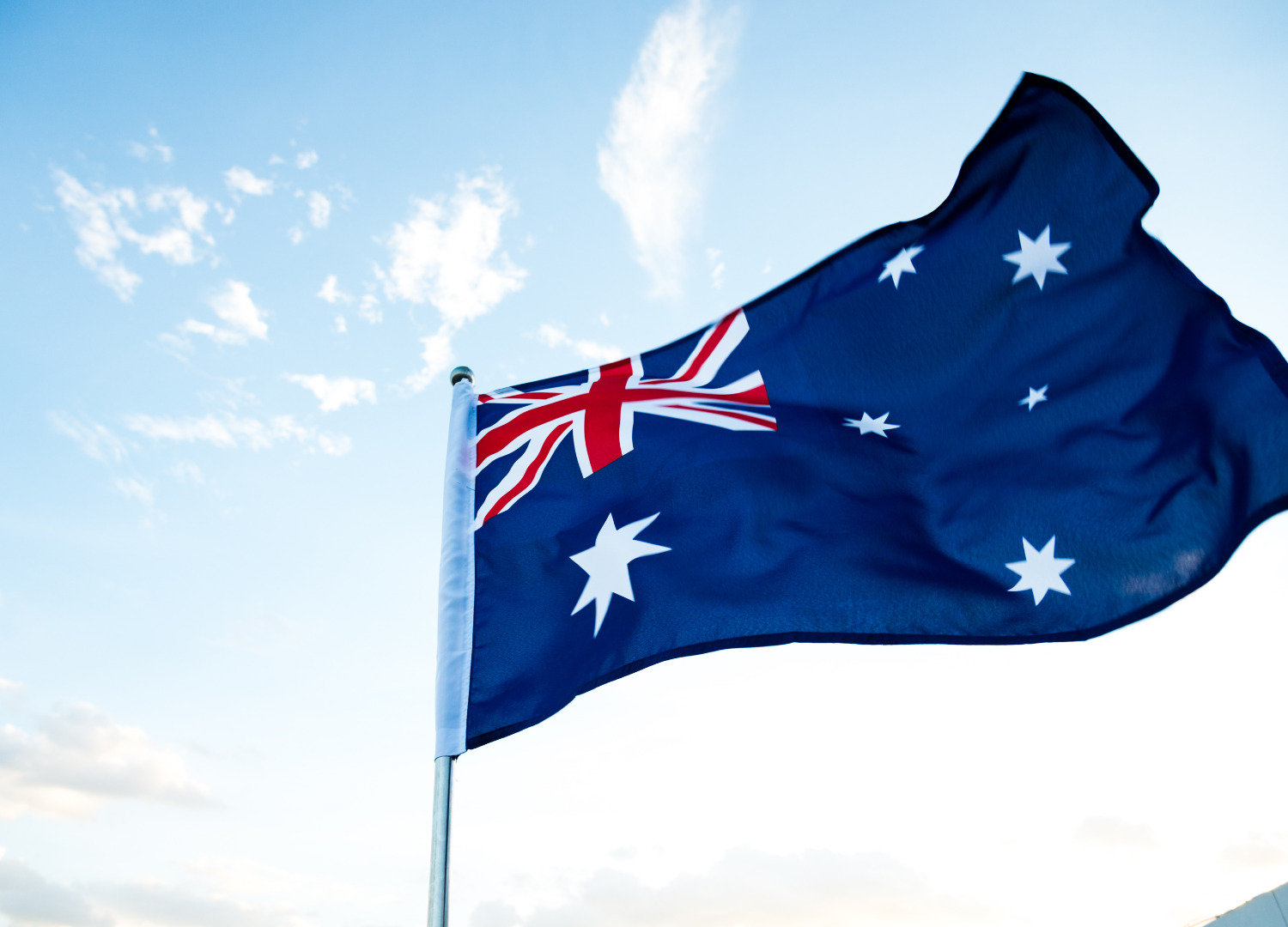Australia is a highly sought-after destination for skilled professionals, entrepreneurs, and families seeking better opportunities and a higher standard of living. The country offers a range of visa options that can eventually lead to permanent residency (PR). Whether you’re a skilled worker, a business investor, or a family member of an Australian citizen or permanent resident, there are pathways to long-term residence in Australia.

In this article, we’ll explore the key visa options that can lead to permanent residency in Australia.
1. Skilled Migration Visas
Skilled migration is one of the most popular pathways to Australian permanent residency. If you have skills in demand, you may be eligible for a visa that leads to PR. The main skilled migration visa options include:
- Skilled Independent Visa (subclass 189)
This visa is for skilled workers who are not sponsored by an employer, family member, or state/territory government. Applicants must submit an Expression of Interest (EOI) through SkillSelect, which ranks candidates based on their qualifications, age, English language ability, and work experience. Once invited, successful applicants can live, work, and study anywhere in Australia. After fulfilling residency requirements, individuals can apply for permanent residency.
- Skilled Nominated Visa (subclass 190)
This visa allows skilled workers who have been nominated by a state or territory government to apply for permanent residency. Applicants must meet the points-based requirements and secure a nomination from a state or territory. Once granted, the visa allows the holder to live and work in Australia and provides a pathway to permanent residency.
- Skilled Work Regional (Provisional) Visa (subclass 491)
For individuals willing to live and work in regional areas, the subclass 491 visa provides a provisional pathway to permanent residency. It is a points-based visa that requires either state/territory government nomination or family sponsorship. After three years of living and working in a designated regional area, individuals can apply for permanent residency under the Skilled Regional Visa (subclass 191).
2. Employer-Sponsored Visas
Employer-sponsored visas are designed for skilled workers who have been offered a job by an Australian employer. These visas can also lead to permanent residency:
- Skills in Demand Visa (subclass 482)
Formerly known as the Temporary Skill Shortage Visa (subclass 482), the Skills in Demand Visa allows skilled workers to live and work in Australia for an approved employer. The visa has three streams: the (CORE Skills Stream), Specialist Skills Streams, and the Labour Agreement stream. After holding the visa for a certain period and meeting work experience requirements, holders may be eligible to apply for permanent residency through the Employer Nomination Scheme (subclass 186) or the Regional Sponsored Migration Scheme (subclass 187).
- Employer Nomination Scheme (subclass 186)
This visa provides a direct pathway to permanent residency for skilled workers nominated by an Australian employer. It has three streams: the Temporary Residence Transition stream (for those holding subclass 457 or 482 visas for at two years), the Direct Entry stream (for individuals without a temporary visa), and the Labour Agreement stream (for those sponsored under a labour agreement). Once granted, this visa allows individuals to live and work permanently in Australia.
3. Family and Partner Visas
Family and partner visas are designed for individuals who have close family members who are Australian citizens or permanent residents. These visas offer a pathway to permanent residency for those who qualify:
- Partner Visa (subclass 820/801)
This visa allows individuals in a genuine relationship with an Australian citizen, permanent resident, or eligible New Zealand citizen to apply for residency. The application process involves two stages: the temporary subclass 820 visa and the permanent subclass 801 visa. After being granted the temporary visa, applicants can live and work in Australia. Once they meet specific requirements and after a waiting period, the permanent subclass 801 visa can be granted.
- Parent Visa (subclass 103)
The Parent Visa is for parents of Australian citizens, permanent residents, or eligible New Zealand citizens. Applicants may apply under several different streams within the Parent Visa category, depending on processing times and eligibility. Successful applicants will be granted permanent residency, enabling them to live in Australia with their children.
- Subclass 101 – Offshore Child Visa (Permanent)
The Subclass 101 Offshore Child Visa is for children who are outside Australia and are sponsored by their Australian parent or guardian. This visa allows the child to live in Australia permanently. To be eligible, the child must be under 18 years old and the applicant must meet health and character requirements. Once granted, the child can live, study, and work in Australia.
- Subclass 102 – Child Adoption Offshore Visa (Permanent)
The Subclass 102 Child Adoption Offshore Visa is for children who are adopted by an Australian citizen, permanent resident, or eligible New Zealand citizen. This visa is for children living outside of Australia and allows them to join their adoptive parents in Australia permanently. Eligibility criteria include the adoption being recognized under Australian law and the child being under the age of 18.
- Subclass 802 – Onshore Child Visa (Permanent)
The Subclass 802 Onshore Child Visa is for children who are in Australia and are sponsored by their Australian parent or guardian. The child must be under 18 years of age and meet the health and character requirements. This visa allows the child to remain in Australia permanently, where they can live, study, and work.
- Subclass 837 – Orphan Relative Onshore Visa (Permanent)
The Subclass 837 Orphan Relative Onshore Visa is designed for children who are in Australia and have been orphaned, with no living parents. The applicant must be sponsored by an eligible relative who is an Australian citizen, permanent resident, or eligible New Zealand citizen. Once granted, this visa allows the orphaned child to live and stay in Australia permanently with their relative.
4. National Innovation Visa (subclass 858)
The National Innovation Visa (subclass 858) is a new pathway for exceptionally talented individuals who can contribute to Australia’s future prosperity. This visa is designed for individuals with high-calibre skills in key sectors such as research, entrepreneurship, innovation, and creative industries.
The National Innovation Visa is for:
- Global researchers who can drive knowledge and technological advancements.
- Entrepreneurs creating new businesses and job opportunities.
- Innovative investors who bring new capital and ideas to Australia.
- Athletes and creatives making significant contributions to Australia’s cultural and sporting landscape.
Applicants must demonstrate exceptional skills and a strong potential to contribute to Australia’s economy and future prosperity. With this visa, holders are allowed to live and work permanently in Australia and become part of the country’s ongoing development.
Conclusion
Australia offers a diverse range of visa options that lead to permanent residency. Whether you’re a skilled worker, a global talent, or a family member, the opportunity to build a future in Australia is within reach. Each visa type has its own set of requirements and pathways, but with the right guidance and planning, your dream of Australian permanent residency could soon become a reality.
If you’re interested in exploring your visa options, get in touch with us at NB Migration Law for expert advice and assistance in navigating the visa application process.

